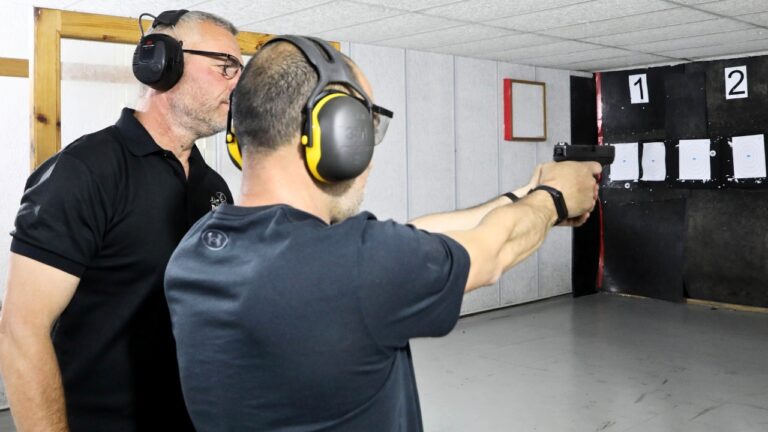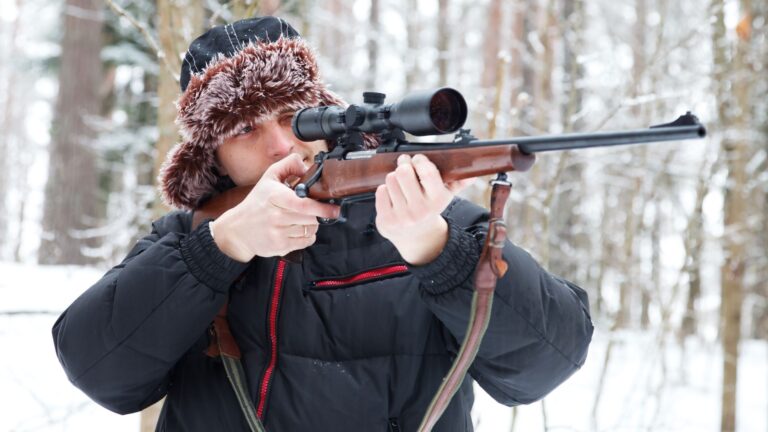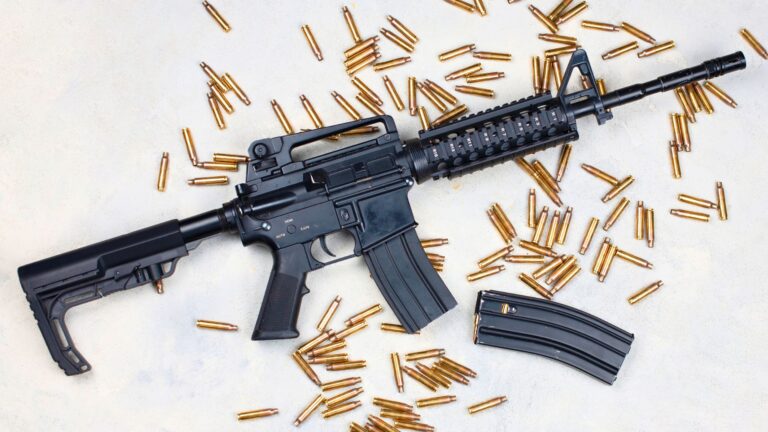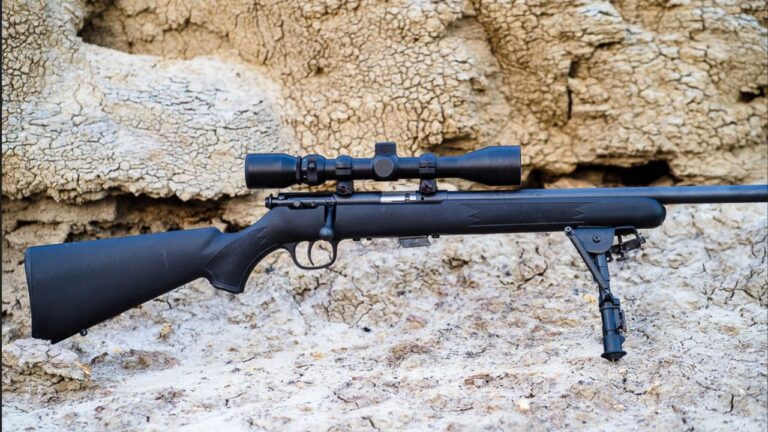Wind becomes a serious factor in long-range hunting, especially past 200 yards. Some calibers that work fine in tight quarters fall apart once the breeze picks up. Whether it’s due to low velocity, poor ballistic shape, or a lightweight build, these rounds get pushed off target fast. You don’t have to ditch them entirely, but if you’re trying to take clean shots across a clearing or through a gusty canyon, they’re not the ones you want in the chamber.
.30-30 Winchester
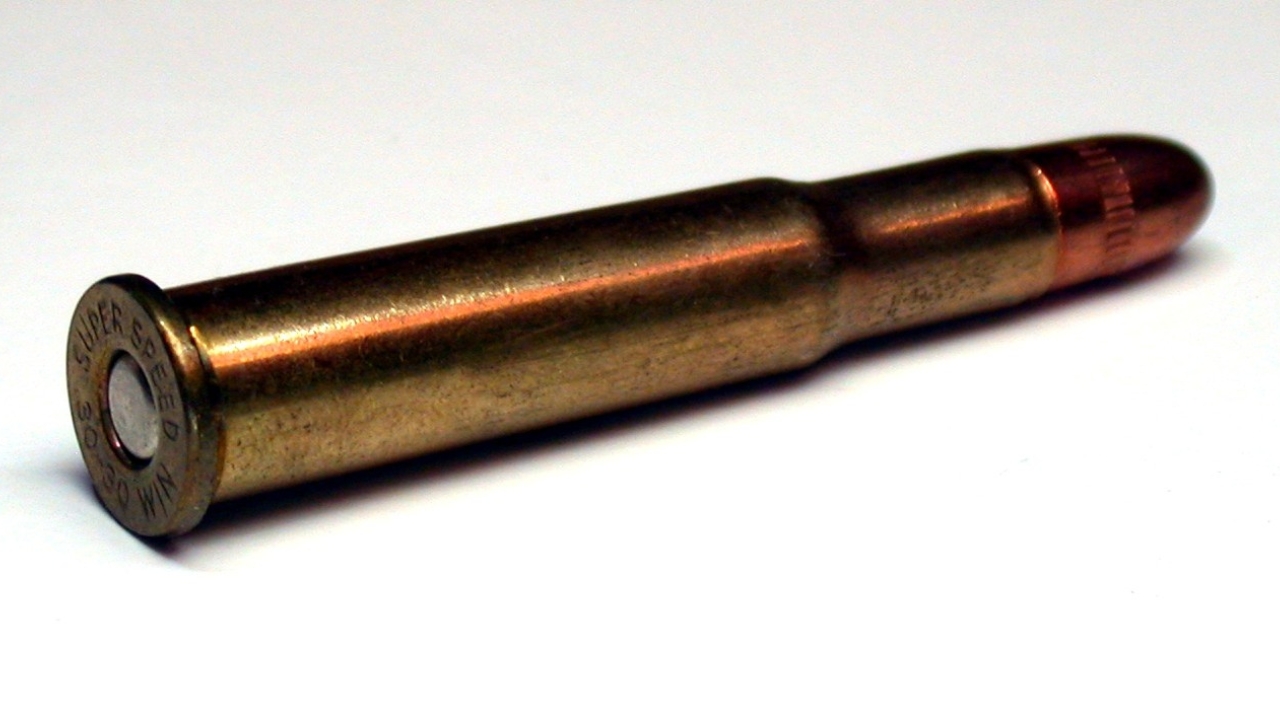
The .30-30’s been a go-to brush round for generations, and inside 150 yards, it does its job. But its flat-nose bullet and modest velocity don’t hold up when the wind kicks in past 200. You’ll see it drift more than most modern calibers.
That’s because it bleeds speed quickly and has poor ballistic efficiency. While it’s accurate enough for timber hunts, it wasn’t designed for reaching across wide-open terrain. Past that range, a crosswind can shift your point of impact enough to lose confidence in your shot.
.35 Remington
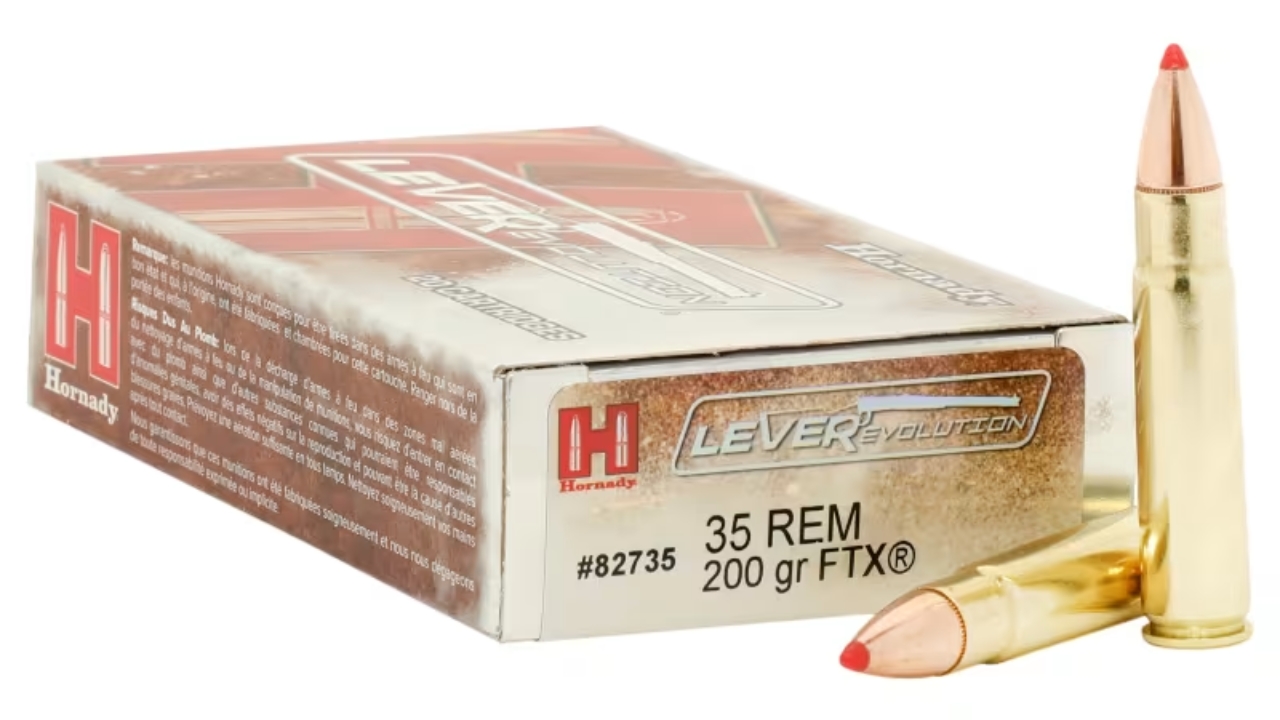
The .35 Remington is another old-school favorite for thick woods, but it’s not built for distance. The heavy, slow-moving bullet drops fast and catches wind easily. You’ll see more lateral movement than you might expect at 200 yards and beyond.
Its trajectory becomes a guessing game, especially with even light wind involved. For up-close bear or hog work, it holds value. But on an open ridge with a breeze, it turns into a liability when you need tight groups and steady aim.
7.62x39mm
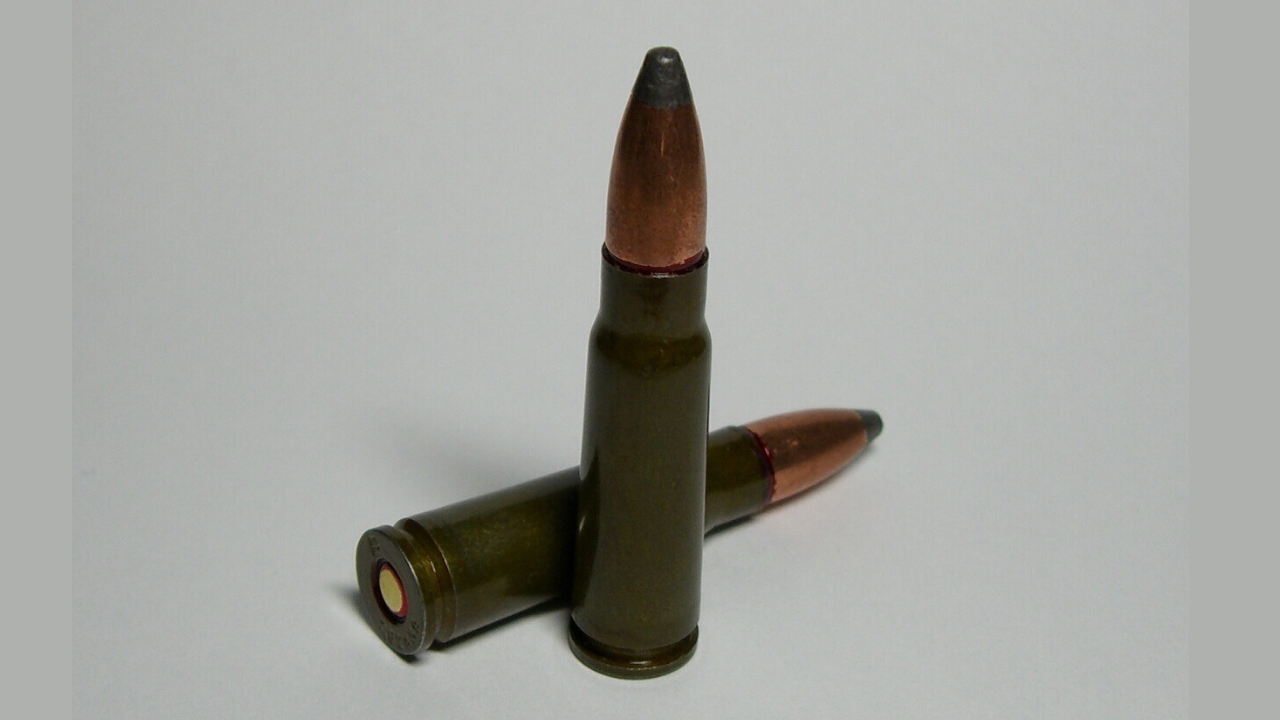
Plenty of hunters use 7.62×39 in modern platforms, but it’s still a short-range round. It sheds velocity fast and doesn’t carry the energy or aerodynamic profile to fight wind past 200. Bullet options don’t help much either—many are basic soft points.
The wind has no trouble moving it around, and that makes ethical shots harder. Even if your rifle’s accurate, the round won’t give you consistent flight. It works for small parcels and close shots, but don’t expect much once the distance stretches.
.300 Blackout
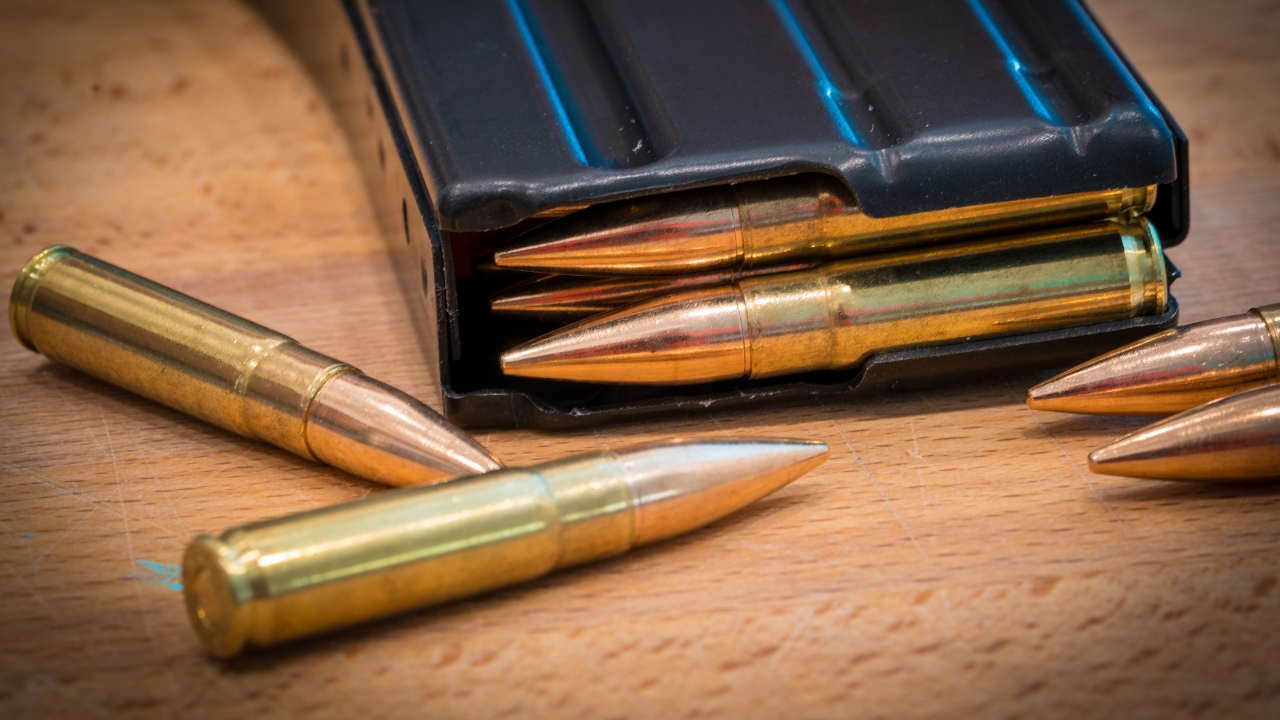
.300 Blackout was made for suppression, not reach. The subsonic loads are especially bad in the wind—they’re slow, heavy, and arc like crazy. Even the supersonic stuff doesn’t keep up past 200 in a breeze.
It’s a great caliber for hogs in tight quarters, but you’ll notice a big performance drop at distance. That bullet loses steam fast, and any crosswind will shove it off course. If you’re trying to hunt deer out past the treeline, this one’s going to give you trouble.
.444 Marlin
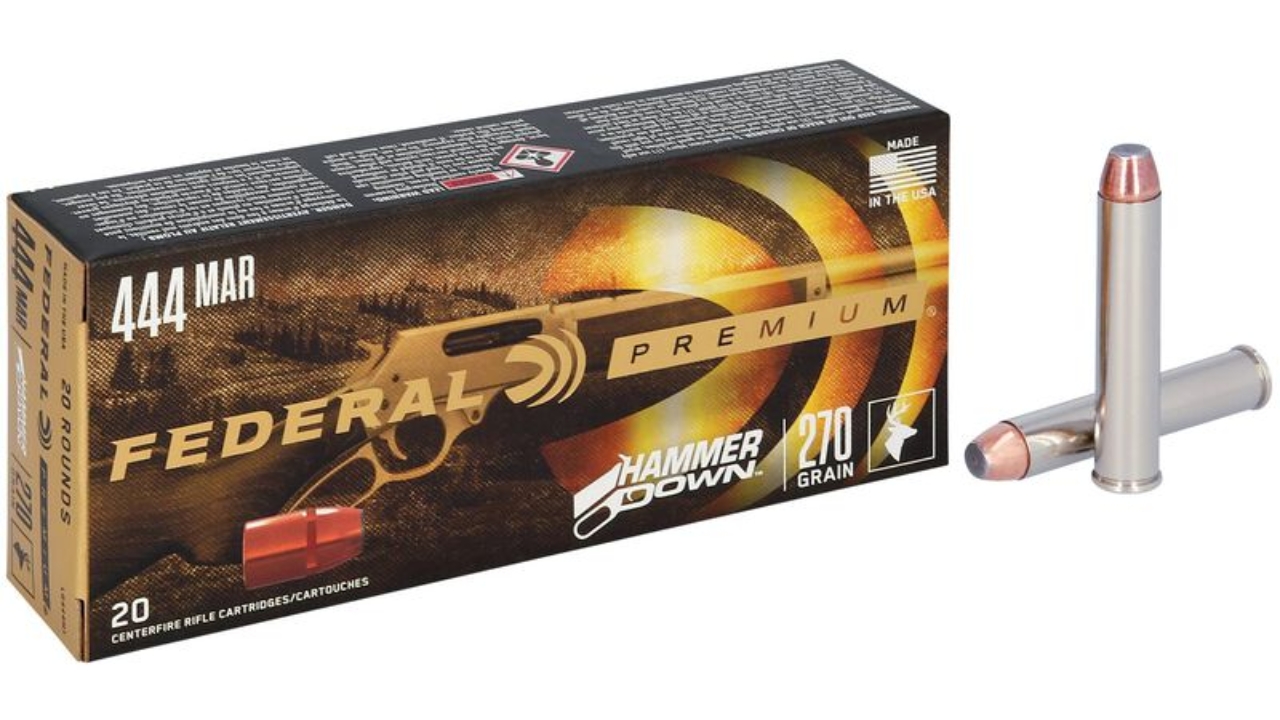
The .444 Marlin hits hard up close, but it’s a brick once you go long. Big, flat-nosed bullets and slower velocities mean it gets knocked around by wind in a hurry. It starts dropping hard after 150 yards and drifts more than you’d want for hunting.
It’s solid for thick cover and big game at close range, but it’s not suited for long open fields. If you’re trying to thread a bullet through wind at 200 yards or more, you’ll be compensating too much to stay confident.
.450 Bushmaster
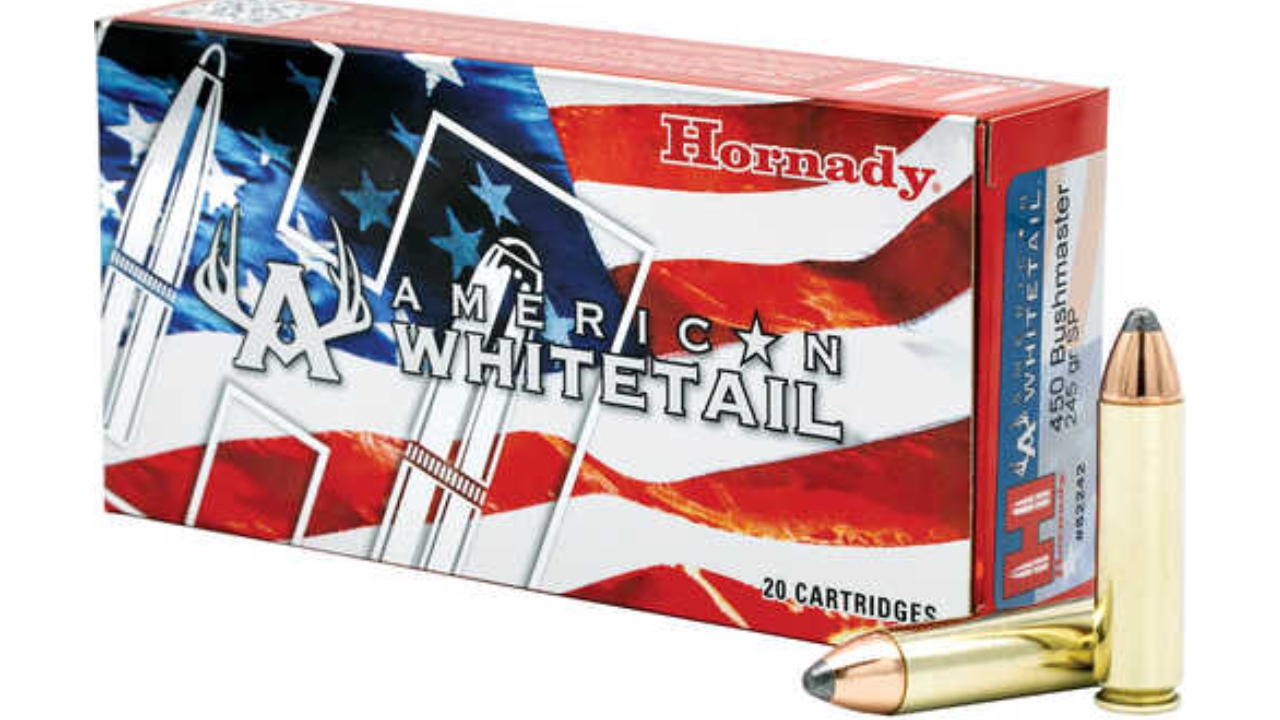
The .450 Bushmaster is a thumper, but it’s not built for wind. Its short, fat bullet fights air poorly, and it doesn’t take much crosswind to shift your shot several inches. At 200 yards, you’re already close to the edge of its comfort zone.
That’s fine if you’re in the woods and shots are under 100 yards. But when things open up, you’ll start to see how much of a sail that bullet becomes. It can hit hard, but hitting accurately in wind is another story.
.45-70 Government
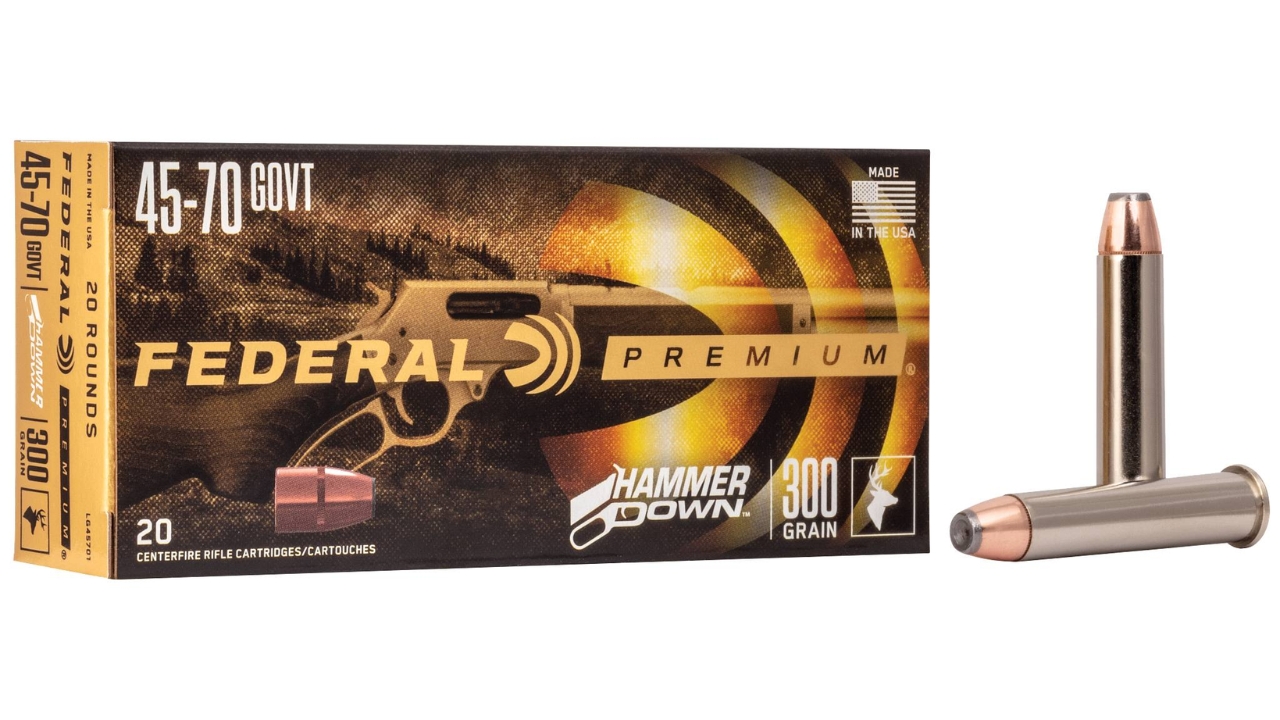
The .45-70 delivers serious punch inside 150 yards, but the heavy, slow bullet drops and drifts fast. At 200, you’re already lobbing it. Add a little wind, and it becomes even more unpredictable.
This caliber’s better suited for thick timber or situations where you’re inside bow range with a rifle. Once you push it out to longer distances—especially on a windy day—it gets harder to predict, and that’s not what you want when taking a clean shot on game.
.243 Winchester (with light varmint loads)
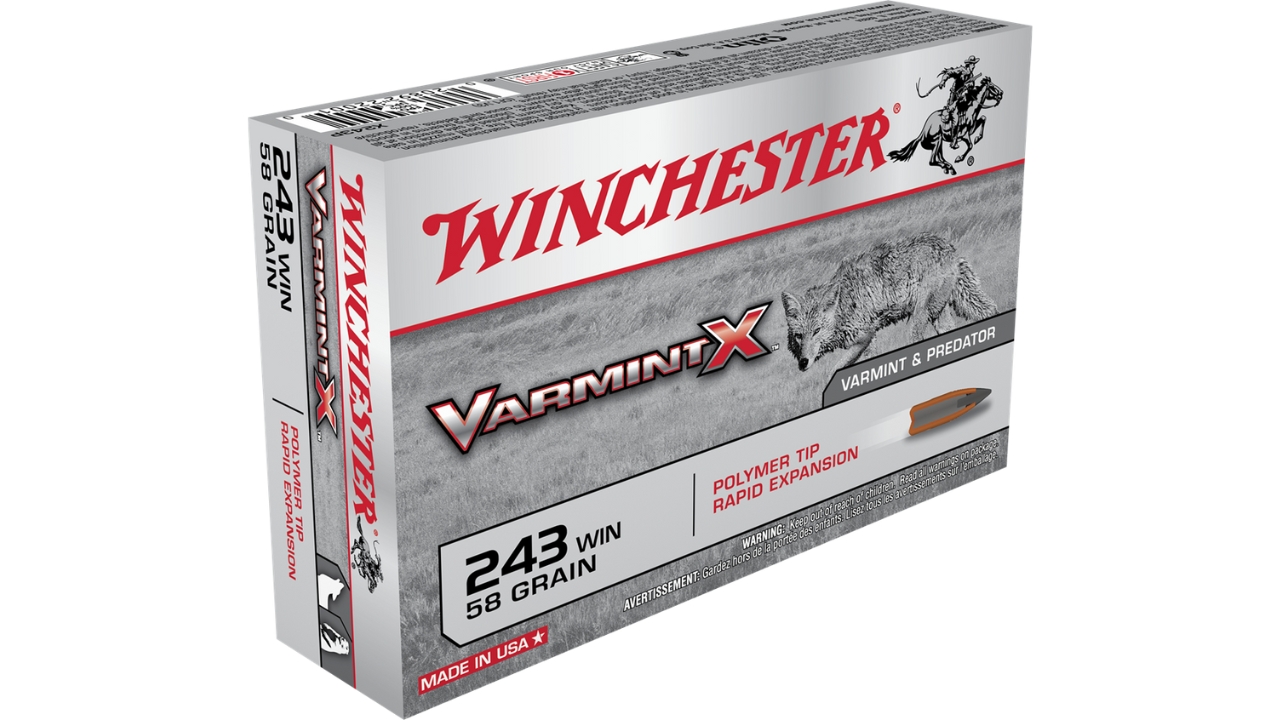
The .243 can be accurate, but lighter varmint bullets in the 55–70 grain range struggle in the wind. They start fast but don’t hold velocity, and they’re too light to resist drift.
If you’re using 100-grain soft points, you’ll get better results. But with those lighter loads that many people run for coyotes or smaller deer, the wind plays a big role. At 200 yards, you may start seeing your groups spread sideways more than expected.
.270 Winchester (with lightweight loads)
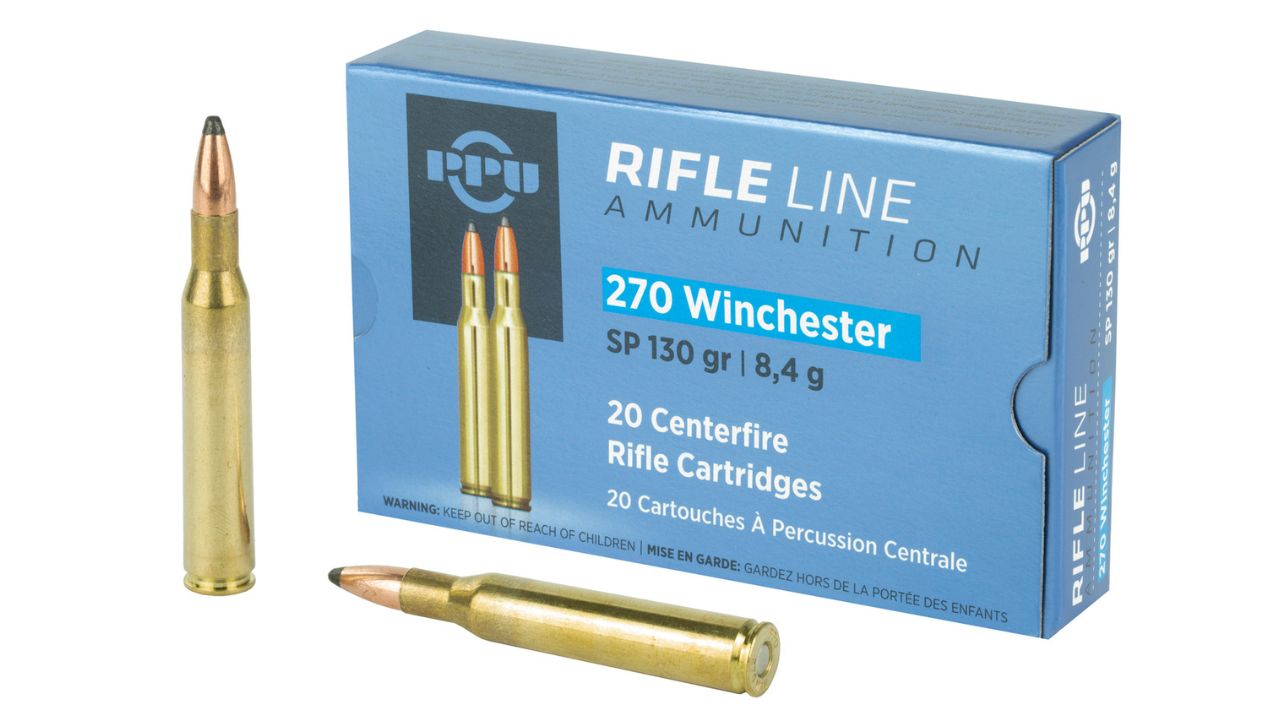
The .270 is a solid caliber overall, but certain light hunting loads around 90–130 grains don’t carry well in wind. Those bullets move fast but shed velocity quicker than heavier counterparts.
Hunters using them for flatter shooting on varmints or speed goats may get surprised when wind becomes a factor. For longer-range work, sticking with 130–150 grain bullets helps, but those lighter loads aren’t built to resist side gusts once you get out there.
.25-06 Remington (with light bullets)
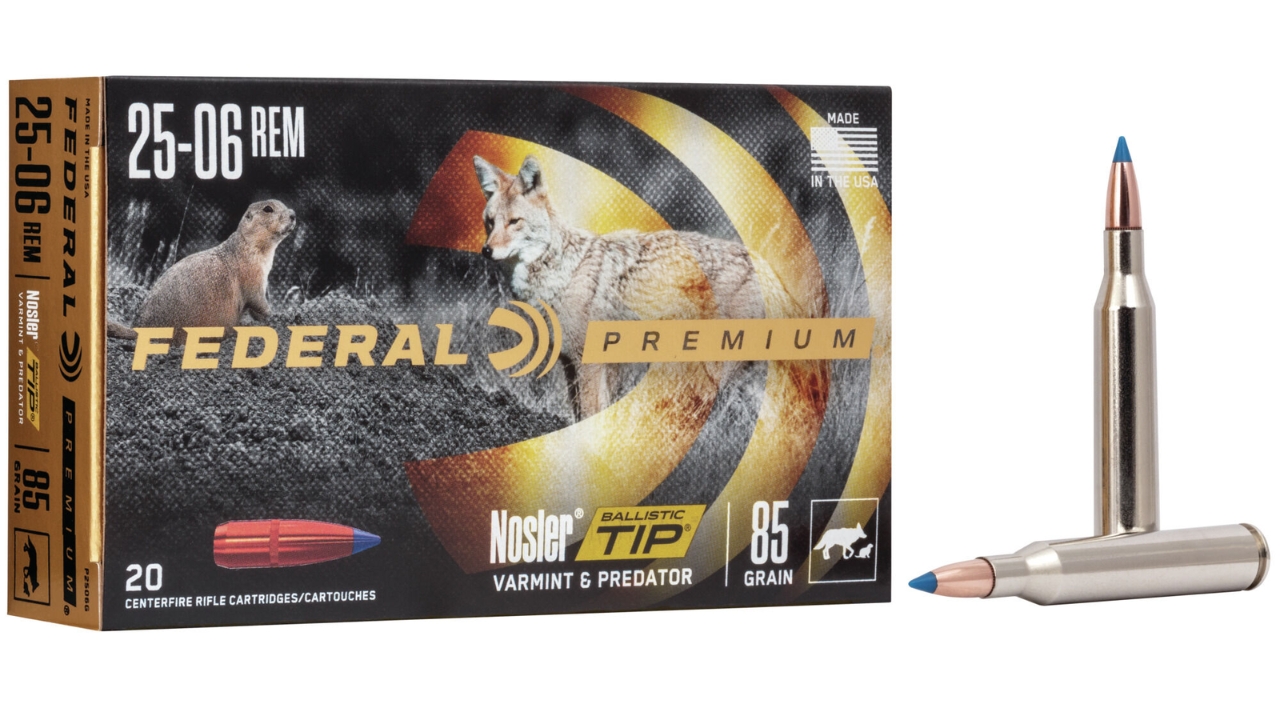
Like the .270, the .25-06 can be effective, but lightweight bullets in the 85–100 grain range start showing wind issues around 200 yards. Their velocity is high, but the ballistic shape and mass don’t always hold up.
You’ll see drift become more of a factor than drop. It’s easy to assume flat shooters won’t be affected, but wind still grabs hold of that light bullet and pulls it around. Step up to heavier loads for better control at range.
6.5 Grendel
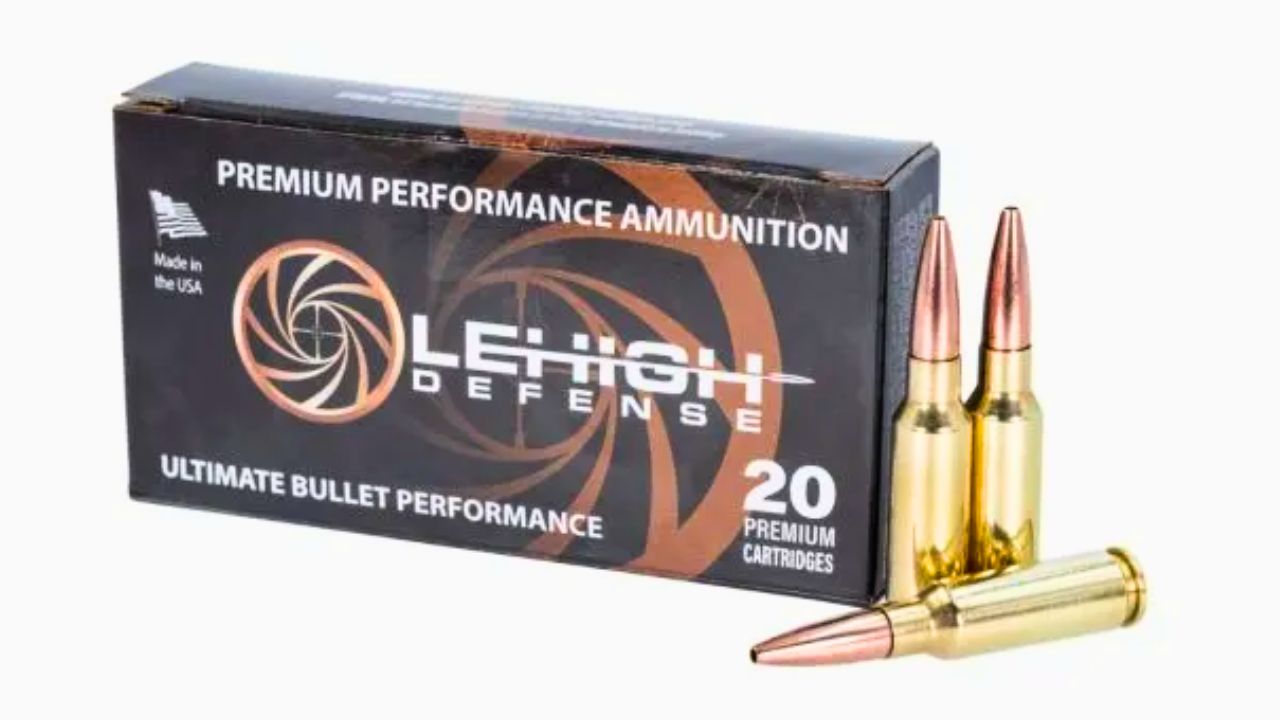
The 6.5 Grendel was made for mid-range accuracy, but wind still affects it more than larger 6.5s like the Creedmoor. The slower speeds and shorter barrel options common in Grendel builds don’t help.
It starts to show drift past 200 yards, especially with lighter 90–100 grain bullets. It’s better than some other options on this list, but still not ideal when wind’s swirling. For longer shots in open country, it’s worth considering something with more weight and velocity.
.223 Remington (hunting loads under 60 grains)
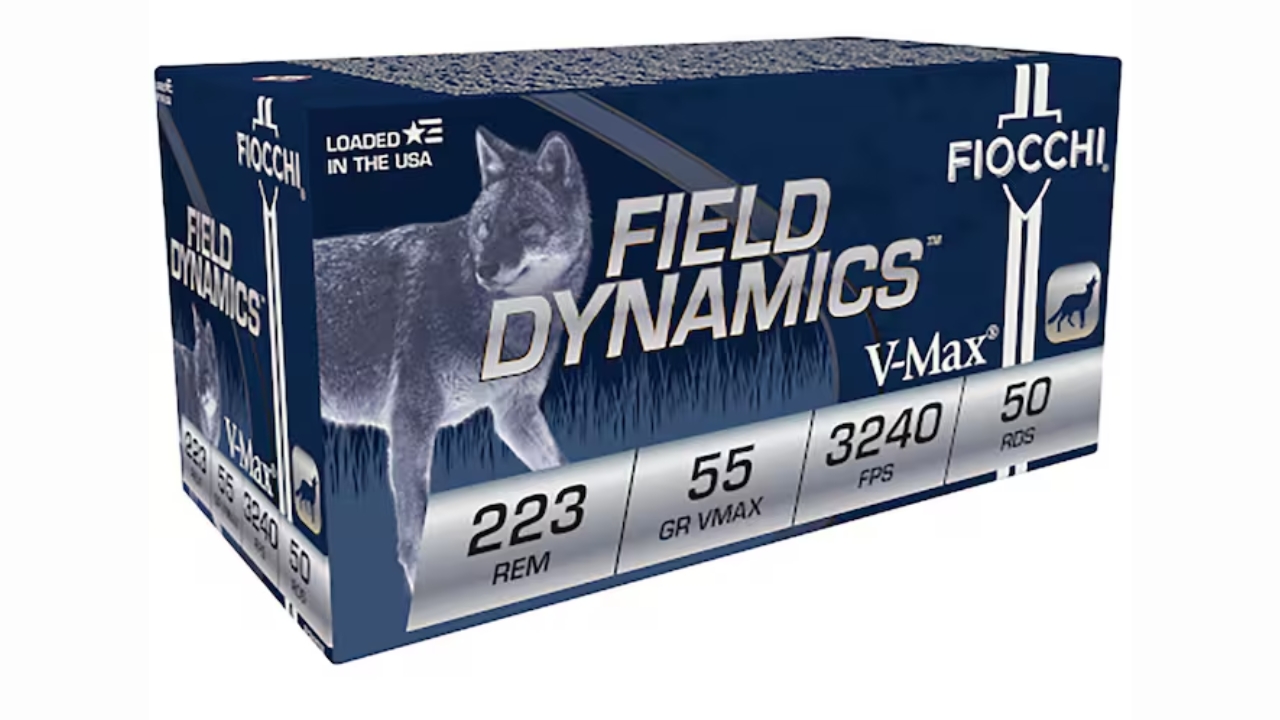
While .223 can be accurate, most hunting loads under 60 grains don’t hold up well in the wind. They fly fast but lose steam and get moved around once they start slowing down.
If you’re using it for varmints or light deer in states that allow it, be cautious about distance. At 200 yards, any crosswind can shift your shot enough to miss vitals. Heavier match-grade bullets do better, but typical hunting ammo struggles.
*This article was developed with AI-powered tools and has been carefully reviewed by our editors.

